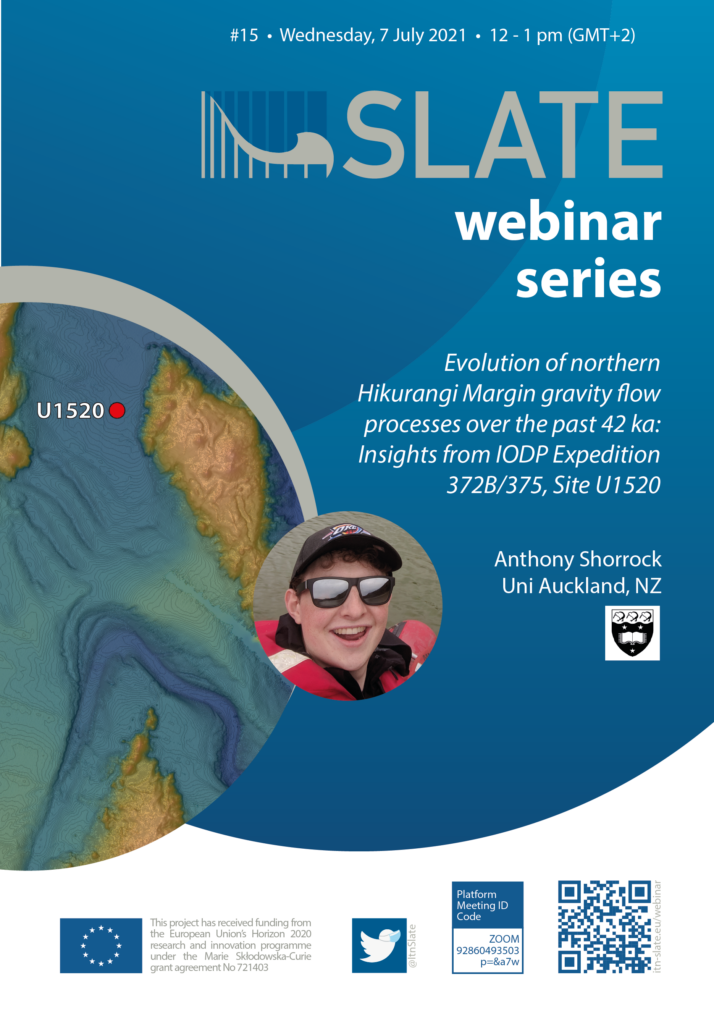
Submarine Gravity flow processes are one of the most significant drivers of sediment transport and deposition in submarine environments. The characteristics of their deposits can provide valuable records of how sedimentary, tectonic, and oceanographic processes function and how they vary over time. A >500 m-thick sediment record was recently acquired from Site U1520 in the northern Hikurangi Trough as part of the International Ocean Discovery Program (IODP) Expedition 375. The upper ~106 m (Unit I) provides a continuous, high-resolution record of a turbidite succession that contains sediments associated with glacial-interglacial climate cyclicity. A series of analyses on Unit I sediments, integrated with bathymetric and seismic reflection data, were undertaken to assess this unique sedimentary record. These analyses show that the northern Hikurangi Trough has undergone significant changes through the past ~42 ka. Gravity flows are interpreted as being predominantly sourced from the Māhia Canyon and from overspill of the Hikurangi Channel and their deposits have infilled the trough floor. Past geomorphic features observed within seismic reflection and bathymetric data includes cyclic steps and buried submarine channel systems. The sedimentary succession is primarily composed of siliclastic turbidites, from which six lithofacies were identified, representing a continuum of clay-rich, low-density turbidites (1 – 4) to transitional- or high-density turbidites/low-strength debrites (5 – 6). Sedimentary characteristics suggest stricto-sensu hemipelagite was unlikely, while evidence is insufficient to rule out the occurrence of mixed turbidite-contourite deposition but such processes, if present, are likely to be restricted to the tops of beds during interglacials. Sedimentation rates during the last glacial maximum (LGM) are some of the highest globally recorded (up to 9.73 m/ka), while interglacial sedimentation rates are significantly lower (0.5–1.5 m/ka) but still high compared to other continental slope regions around New Zealand and the world. This study provides new insights into the sedimentological and oceanographic processes that have been active during the Quaternary on the Hikurangi Margin and how they responded to changing environmental conditions.
- Wednesday, 7 July 2021
- 12 pm – 1 pm (GMT+2)
- via ZOOM
- permanent Zoom Link
- ID: 928 6049 3503 Code: p=&a7w
Webinar Flyer:


